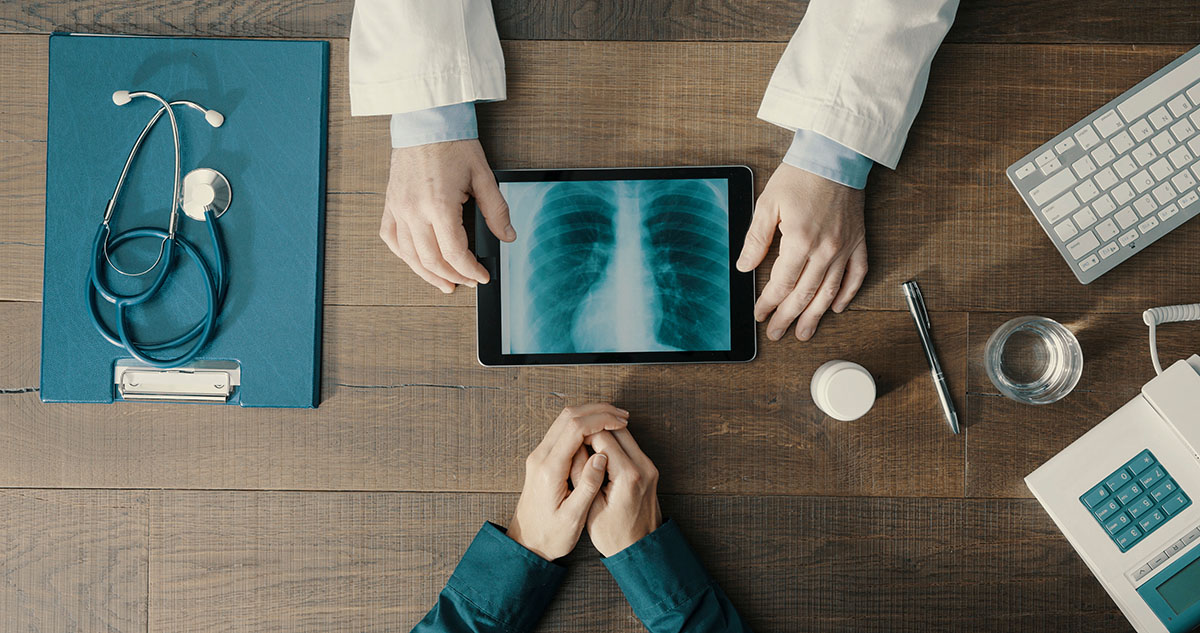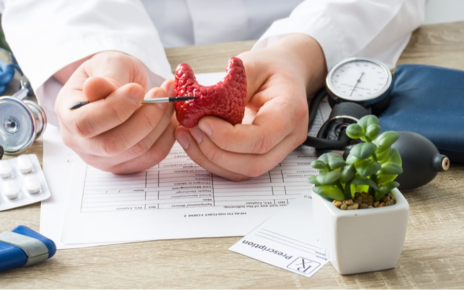Occupational lung diseases are a significant concern for workers across various industries. These conditions arise from the inhalation of harmful substances, leading to chronic respiratory issues and other health complications.
Types of Occupational Lung Diseases
Workers may encounter a range of lung diseases, including:
- Asbestosis: caused by asbestos exposure, often in construction or insulation jobs.
- Silicosis: from inhaling silica dust, common in mining and sandblasting.
- Coal worker’s pneumoconiosis: also known as ‘black lung disease,’ prevalent among coal miners.
- Byssinosis: affecting textile workers exposed to cotton dust.
- Occupational asthma: triggered by workplace irritants like chemicals or dust.
Common Causes in the Workplace
The workplace can harbor various hazardous substances that compromise lung health:
- Dust from wood, grain, and textiles.
- Chemical fumes from solvents, acids, and other industrial compounds.
- Biological agents such as bacteria, molds, and animal dander.
- Gases like carbon monoxide or chlorine.
Long-Term Health Implications
The long-term effects of occupational lung diseases can be severe, including:
- Chronic respiratory difficulties.
- Increased risk of lung cancer, particularly with substances like asbestos.
- Reduced quality of life due to breathlessness and fatigue.
- Potential for permanent lung damage, necessitating ongoing medical care.
Understanding these risks is crucial for prevention and early detection, which can significantly improve outcomes for affected workers.
Industries and Jobs with High Risk
Construction and Mining
The construction and mining sectors are notorious for their high incidence of occupational lung diseases. Workers are often exposed to dust, asbestos, silica, and other harmful substances that can lead to conditions such as silicosis, asbestosis, and lung cancer. Preventative measures include:
- Regular use of PPE
- Dust suppression systems
- Health surveillance programs
Manufacturing and Textile Industry
In the manufacturing and textile industries, airborne fibers and chemicals pose significant risks to respiratory health. Workers may develop diseases like byssinosis, commonly known as “brown lung,” or experience exacerbated asthma due to exposure to cotton dust or chemical fumes. Key safety practices involve:
- Adequate ventilation systems
- Respiratory protective equipment
- Regular air quality assessments
Healthcare Workers and Laboratory Technicians
Healthcare workers and laboratory technicians are at risk of lung diseases through exposure to infectious agents, chemicals, and drug-resistant pathogens. Tuberculosis and severe acute respiratory syndrome (SARS) are notable risks in these fields. Strategies to mitigate these risks include:
- Implementation of infection control protocols
- Use of appropriate PPE
- Vaccinations and prophylactic measures
Preventive Measures and Safety Protocols
Personal Protective Equipment (PPE)
In the fight against occupational lung diseases, the use of Personal Protective Equipment (PPE) is crucial. Workers should be equipped with the appropriate masks, respirators, or ventilation systems, depending on the level of exposure and the type of contaminants present in the workplace.
Workplace Air Quality Standards
Maintaining high workplace air quality standards is essential for preventing lung disease. This includes regular monitoring of air pollutants, implementing ventilation systems, and adhering to legal exposure limits to hazardous substances.
Employee Training and Awareness Programs
To effectively combat occupational lung diseases, it is imperative to have comprehensive employee training and awareness programs. These programs should educate workers on the risks, the correct use of PPE, and the importance of reporting symptoms or unsafe conditions promptly.
Legal Framework and Workers’ Rights
Occupational Safety and Health Regulations
In the realm of occupational health, stringent regulations are in place to safeguard workers from lung diseases. These regulations mandate employers to maintain a safe working environment, which includes controlling airborne hazards. Compliance with standards set by organizations such as the Occupational Safety and Health Administration (OSHA) is not just encouraged but legally required. Employers must conduct regular risk assessments and implement control measures to minimize exposure to harmful substances.
Workers’ Compensation for Lung Disease
Workers who suffer from occupational lung diseases may be entitled to compensation. This system is designed to cover medical expenses, lost wages, and rehabilitation costs. The process for claiming compensation can be complex, involving documentation of exposure, medical diagnosis, and proof of work-related causation. It’s crucial for workers to understand their rights and the steps to file a claim, which typically includes:
- Reporting the illness to the employer
- Seeking medical attention and diagnosis
- Filing a workers’ compensation claim
- Providing evidence of the illness being work-related
Reporting and Addressing Workplace Hazards
Proactive reporting of workplace hazards is vital for preventing occupational lung diseases. Workers should be aware of the proper channels to report unsafe conditions. Employers are responsible for investigating reports and taking corrective action. In many jurisdictions, there are whistleblower protections in place to ensure that employees can report hazards without fear of retaliation. Continuous monitoring and addressing of workplace hazards contribute to a culture of safety and health.
Monitoring and Maintaining Lung Health
Ensuring the health of workers’ lungs is a critical aspect of occupational safety. Regular monitoring and proactive maintenance can prevent the onset of serious lung diseases and mitigate the impact of workplace exposures.
Regular Health Screenings and Surveillance
Workplaces with potential respiratory hazards should implement routine health screenings and surveillance programs. These can include:
- Periodic lung function tests (spirometry)
- Chest X-rays or other imaging techniques
- Exposure monitoring to track the presence of harmful substances
Such measures help in early detection of lung problems and in assessing the effectiveness of existing safety protocols.
Recognizing Early Symptoms
Awareness of early symptoms of lung disease is vital for timely intervention. Workers should be educated about signs such as:
- Persistent coughing
- Shortness of breath
- Wheezing
- Chest tightness
Recognizing these symptoms can lead to earlier diagnosis and treatment, reducing the risk of long-term damage.
Rehabilitation and Treatment Options
When lung disease is identified, appropriate rehabilitation and treatment plans should be made available. Options may include:
- Medications to alleviate symptoms
- Pulmonary rehabilitation programs
- Oxygen therapy
- In severe cases, surgical interventions
Access to these treatments supports recovery and helps maintain the quality of life for affected workers.





